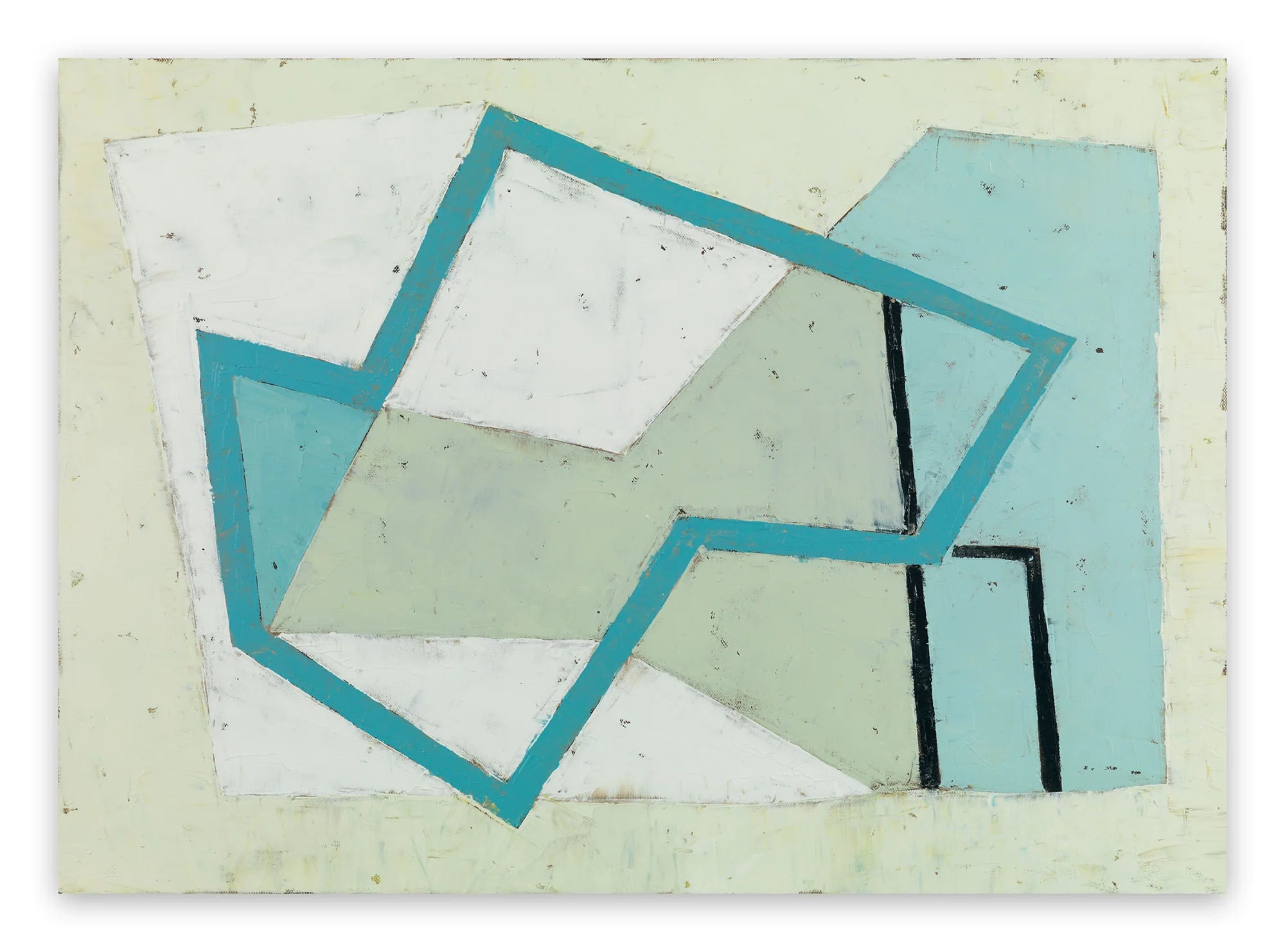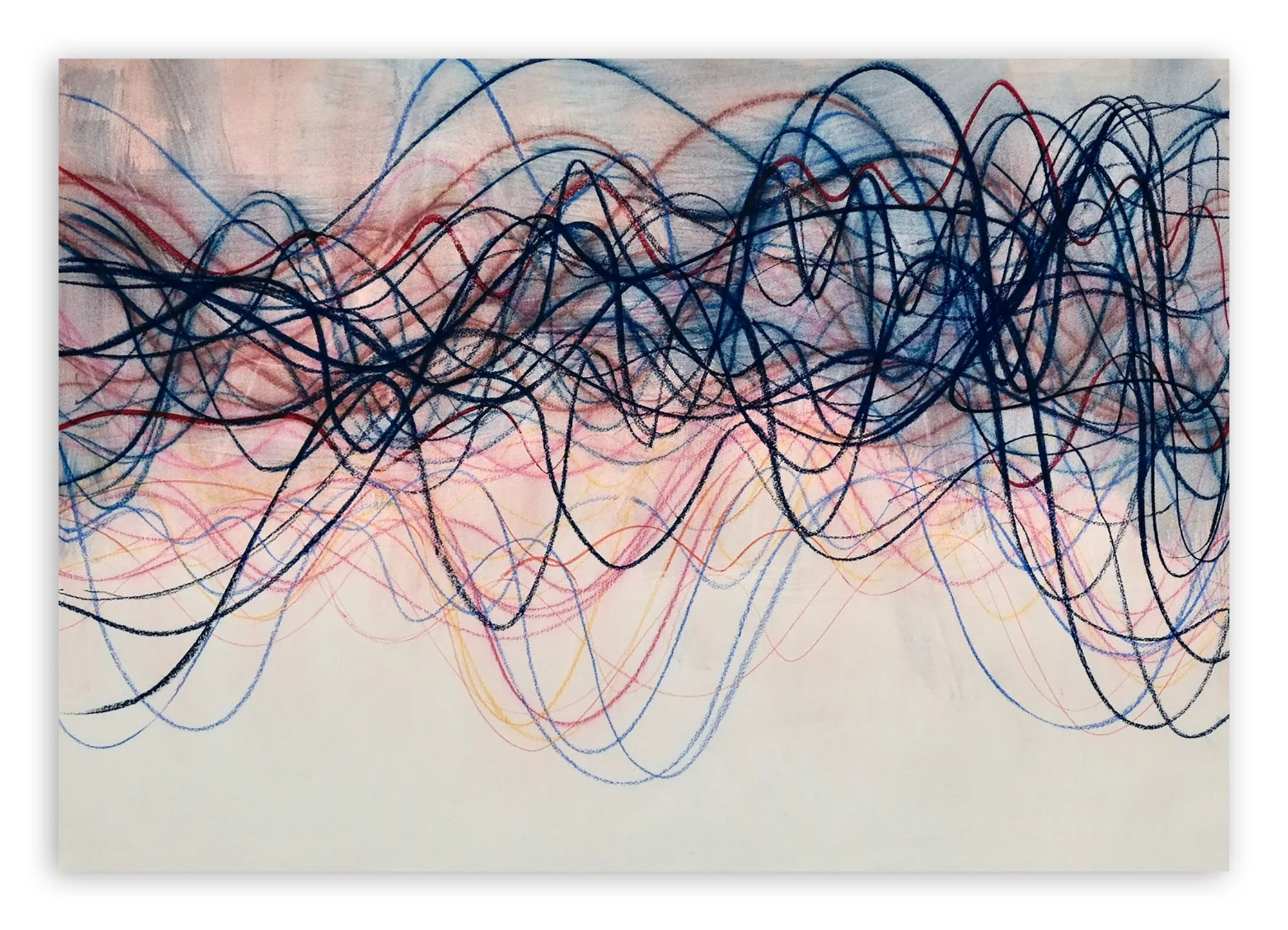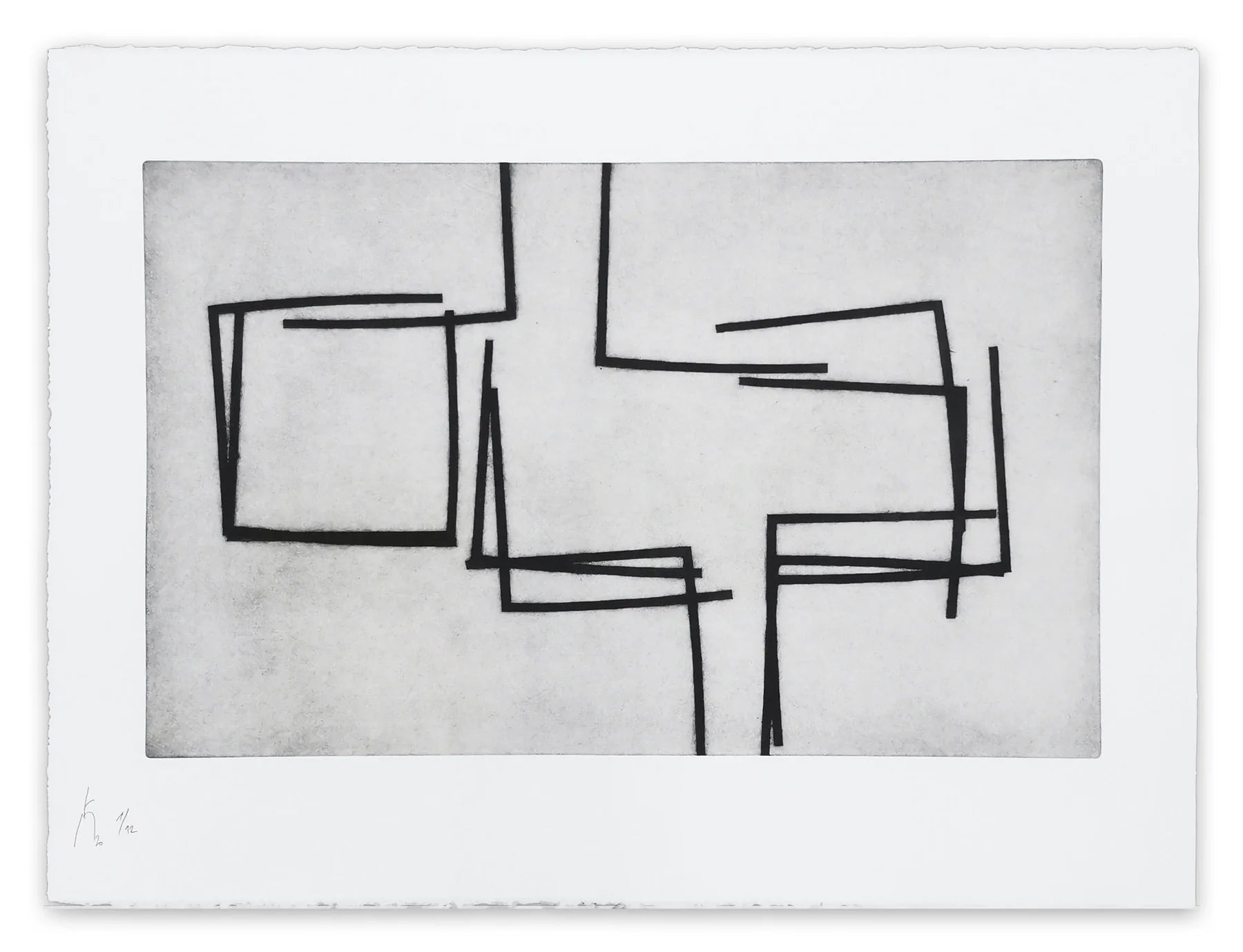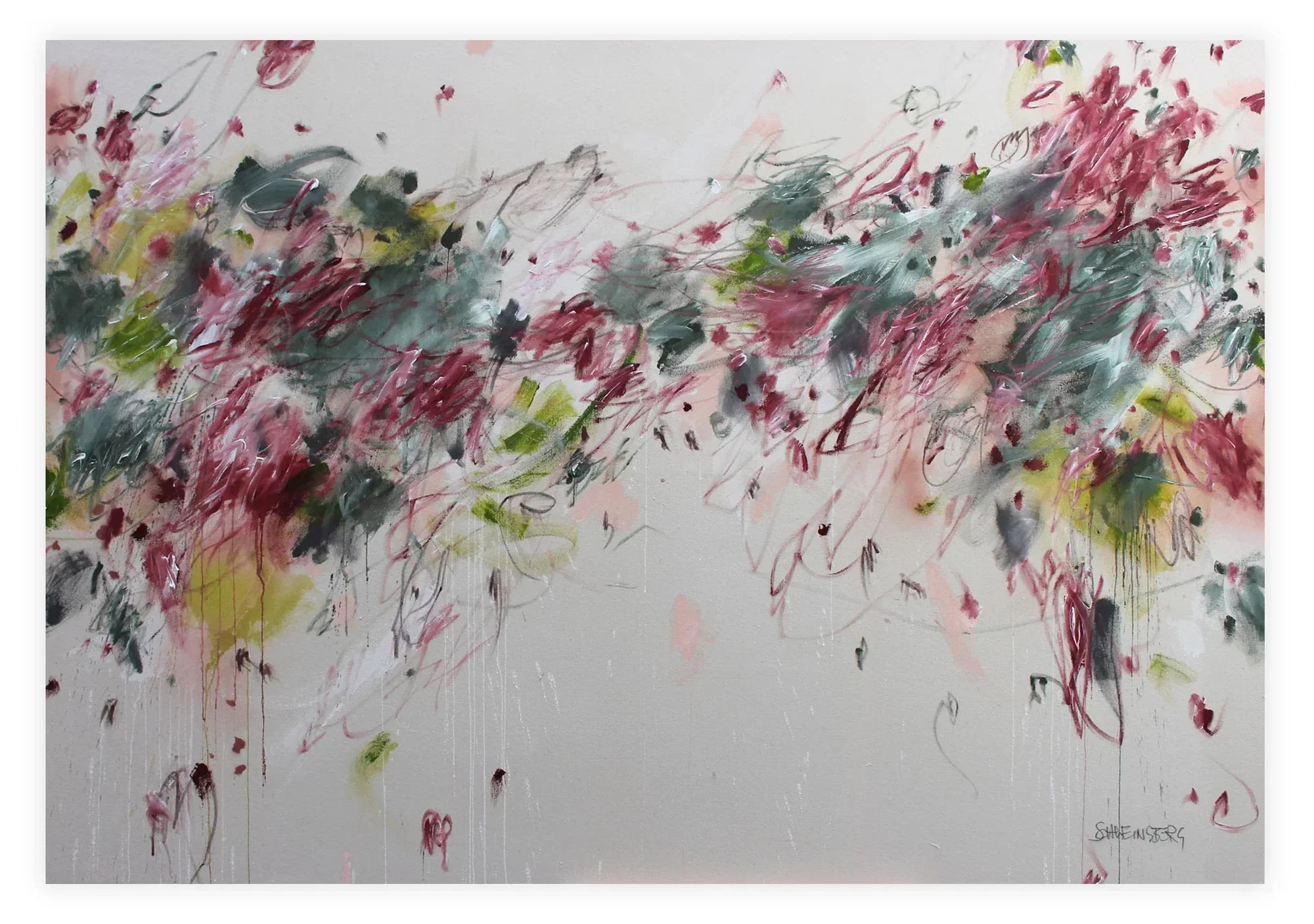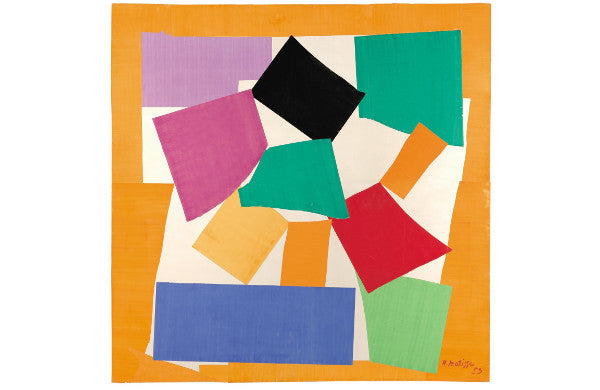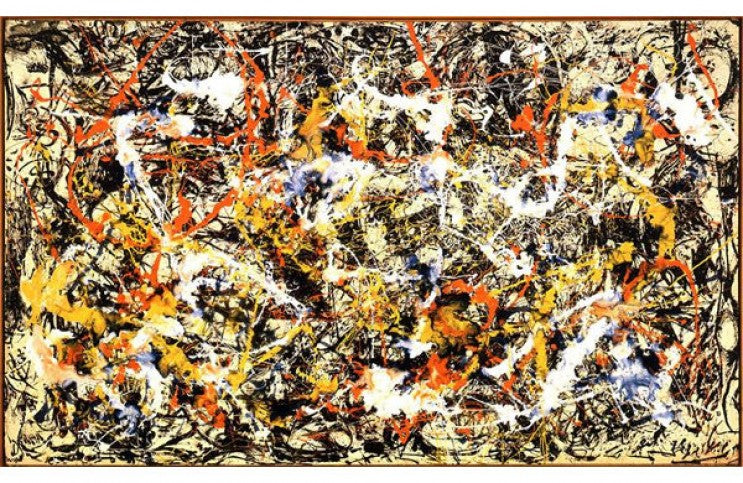
Jackson Pollock’s Convergence – A Masterpiece
“Convergence” by Jackson Pollock is an underappreciated masterpiece. Pollock painted it in 1952, the same year he finished “Blue Poles,” which became one of the most famous paintings of his career, overshadowing “Convergence” and everything else Pollock made that year. The fame of “Blue Poles,” however, is not due solely to its visual grandeur. It is also due to the controversy that surrounded its creation and acquisition. After it debuted, scandalous reports suggested that two other artists, Tony Smith and Barnett Newman, had helped paint the picture. Then when the National Gallery of Australia bought “Blue Poles” in 1973 for $1.3 million, there was a public outcry about the expense. (The work is now estimated to be worth more than $300 million—not a bad investment after all.) Meanwhile, “Convergence” was quietly purchased by the Albright-Knox Art Gallery in Buffalo, New York, in 1956, just five months before Pollock died. There it has largely remained, leading a controversy-free existence. But there actually is something controversial about “Convergence.” It hides a dark secret. Behind its vivid oranges, oozing blues, gloopy yellows, and ghostly whites, which seem to embody the signature “all over” drip and splatter technique for which Pollock is best known, this painting was actually supposed to be the most ambitious work of his so called “black period.” Between 1951 and 1953 Pollock shifted away from the colorful abstract drip paintings that made him famous. He began painting mostly with black paint on raw canvas, once again making direct contact with the canvas with brushes and pouring paint in controlled ways, and even allowing figuration back into his compositions. At a massive 237.49 x 393.7 cm, “Convergence” should have been his largest black painting, but it ended up looking more like his earlier work instead. When it was included in 2015 in the Dallas Museum of Art exhibition Blind Spots, the most complete exhibition of the black paintings yet, “Convergence” looked like an outsider amidst the other 70 or so works in that show. The reason for its inclusion is connected to the reason it seemed not to belong: both have to do with the disdain this body of work received when it was first shown.
The Artist Versus The Showman
Today, critics consider the black paintings the last great body of work Pollock made before dying in a car wreck in 1956. But when they were first exhibited, collectors had no interest in them whatsoever. Viewers considered them too subtle compared to the vibrant action paintings that made Pollock famous. In retrospect, we can see the important period the mark in his artistic and psychological evolution. The abstract paintings Pollock was making before he developed his signature drip technique were symbolic, replete with mythic figures and totemic forms. The black paintings mark a return to that symbolic and totemic imagery. Yet they also strive forward by making use of the “soak stain” technique, pioneered by the artist Helen Frankenthaler and embodied by her seminal painting “Mountains and Sea” (1952). In this technique, paint is poured onto raw canvas allowing it to soak into the unprotected fibers, flowing freely, creating biomorphic forms with soft, blurry edges.
This dual evolution, looking both forward and back, demonstrated that Pollock was always striving towards a total expression of his inner self. His willingness to switch his style at the height of his fame also seemed to signal that he prioritized experimentation over public approval. He even anticipated the public would not embrace the black paintings, as revealed in a letter he sent to Alfonso Ossorio at the time, which reads, in part, “I’ve had a period of drawing on canvas in black—think the non-objectivists will find them disturbing.” Yet one of the things that makes “Convergence” so interesting is that it reveals how Pollock might have been more concerned about pubic approval than he let on. Sympathizing with public tastes, he decided the original black composition was a failure and painted a new, colorful layer on top of it. The new top layer re-embraced his old techniques, making this painting a synthesis of the subconscious spirit of the artist and the conscious mind of a showman that wanted to be loved.
What Makes It a Masterpiece
“Convergence” is really two paintings instead of one. It is a convergence of both the old and the new. As such, it is possible to judge its importance on different levels. On a purely aesthetic level, without getting into the psychology of the artist who painted it, the visuals are simply stunning. The painting has an under-layer of black paint, giving the drips and splatters of color a powerful sense of perspective not always evident in older Pollock drip paintings. The older drip paintings also have much more of a sense of unity between every gesture and every layer, partly brought about by the fact that the techniques used to create each layer were the same. “Convergence” on the other hand feels more disjointed, bringing a real sense of tension into the work.
The combination of beauty, distress, tension and flow in the work is precisely why the painting is so successful. It harkens back to the reason Pollock started painting abstractly in the first place—so he cold get to the root of his subconscious. In some places, the top layers of “Convergence” have caused the under-layers to blend together in an oily mess; traditional brush marks hide beneath areas that have been poured and smeared, and merge with areas that have been splashed and dripped. The cacophony of textures and techniques suggests a mind full of confusion, frustration, even anger as the present literally competes for attention with the past. Looking back over his late oeuvre, “Convergence” is also among the last drip paintings that Pollock made before completely changing his style. Every inch of the painting tells the story of Jackson Pollock in 1952.
Featured image: Jackson Pollock - Convergence, 1952. Oil on canvas. support: 93 1/2 x 155 inches (237.49 x 393.7 cm); framed: 95 1/4 x 157 1/8 x 3 inches (241.94 x 399.1 x 7.62 cm). Collection Albright-Knox Art Gallery, Buffalo, New York. Gift of Seymour H. Knox, Jr., 1956. K1956:7. © Pollock-Krasner Foundation / Artists Rights Society (ARS), New York
Photo used for illustrative purposes only
By Phillip Barcio
